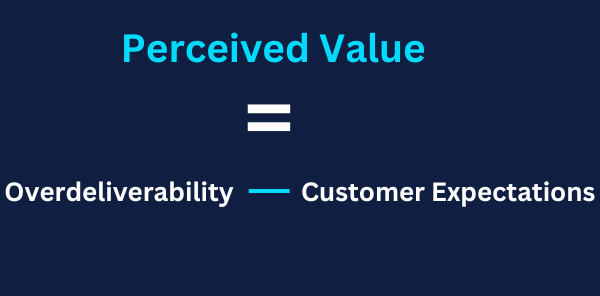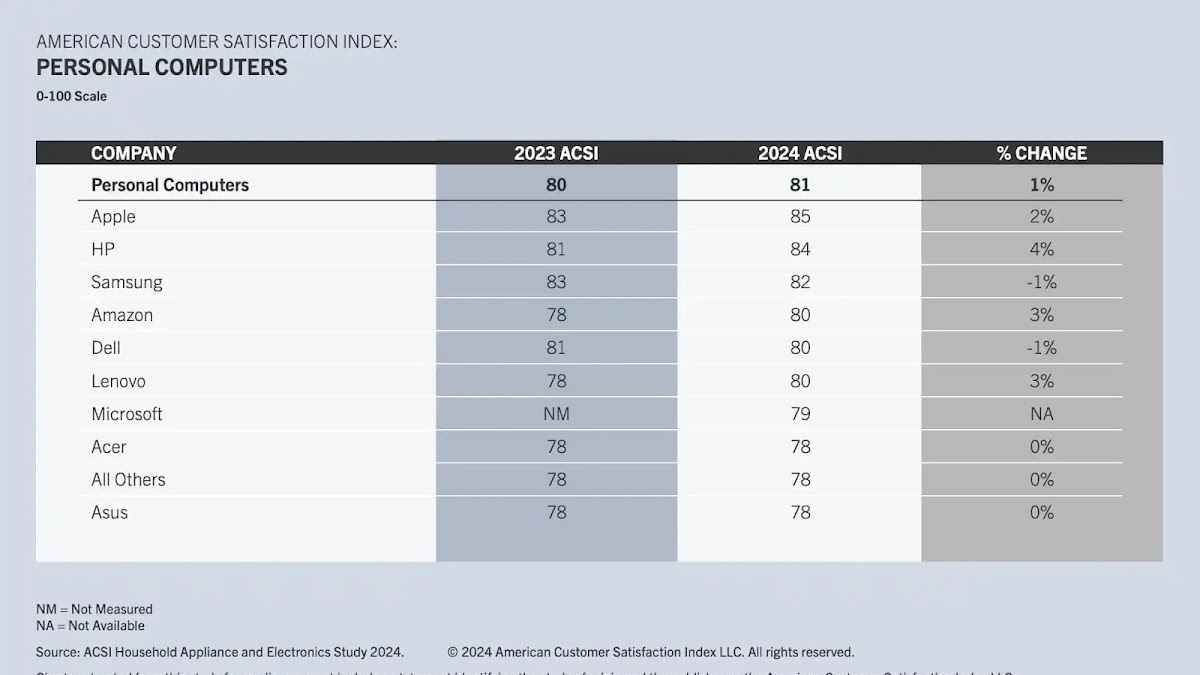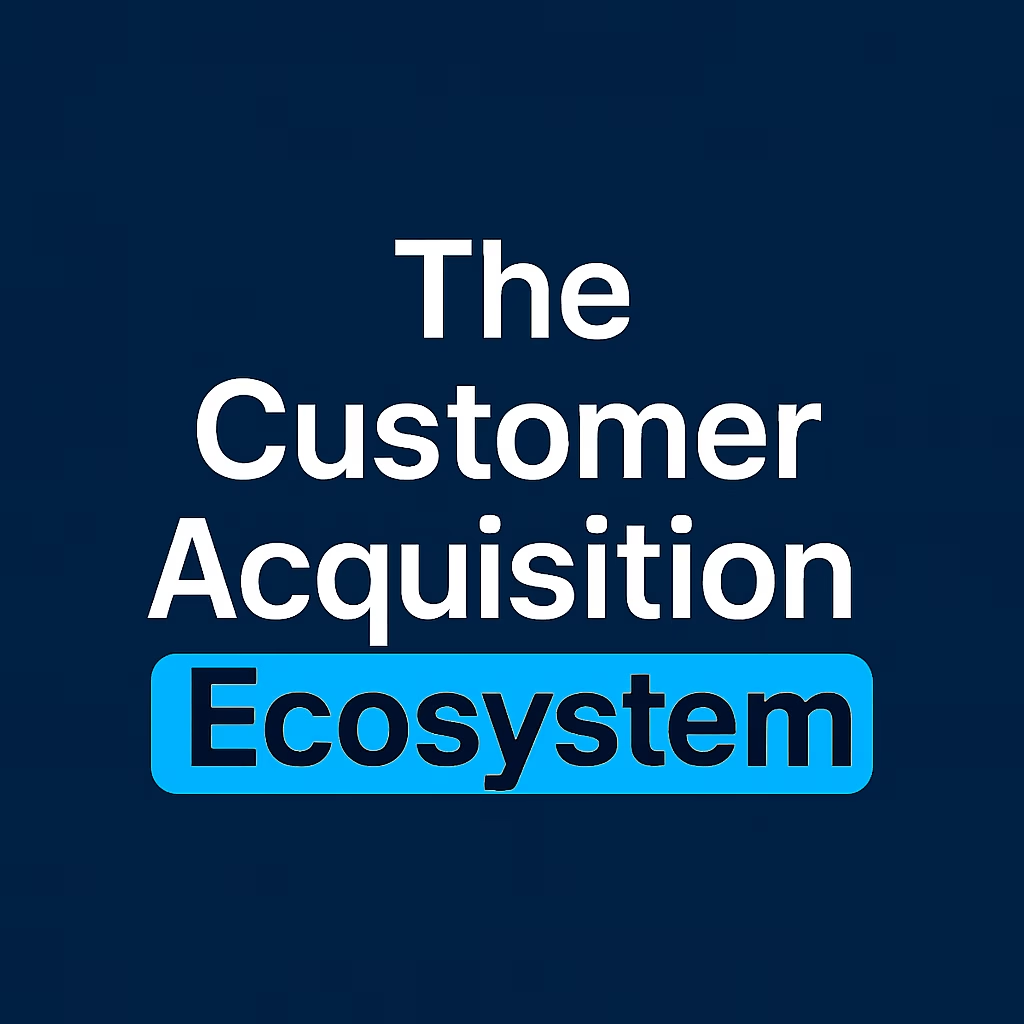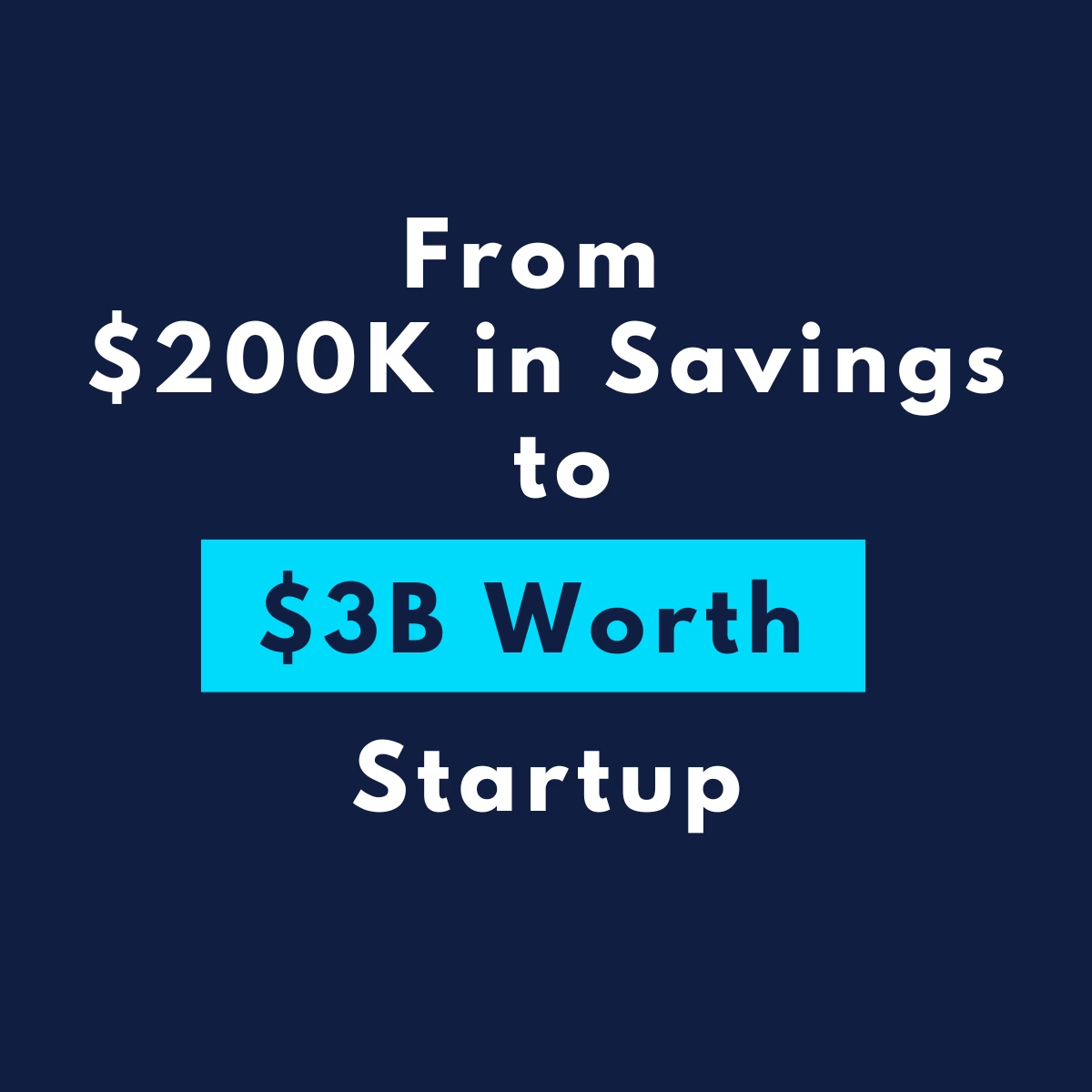When customers buy your product or service, they already have value expectations in mind.
When they return to buy again, they come back for the value they have associated with your brand.
In other words, if you exceed customer expectations, their perceived value of your product or service will increase.
Customers come back for either perceived value or functional value.
The first is typically associated with product-based businesses, while the second is more common in service-based businesses though they can interchange sometimes.
In this newsletter, I’ll focus on perceived value and the next one on functional value.
But let me break them down the first one.

Perceived Value
Perceived value is the worth or benefit customers believe they are getting from you regardless of how much it costs or functional capabilities.
It’s a perception shaped by the brand, customer experience, and the emotions you evoke, rather than just features or price
If customers buy again and again not just because of necessity but because they associate your brand with quality, prestige, or emotional connection.
Then you’ve created perceived value.
If customers don’t hesitate to pay a higher price for your product compared to competitors
It means they perceive added value in the brand, experience, or status associated with it.
When customers feel your product represents a lifestyle, identity, or status, rather than just fulfilling a need, perceived value is at play.
Word-of-Mouth If people recommend your product to others without incentives, it shows they believe in the brand’s value and want to share their positive experience.
Remember people share what makes them look cool.

Apple’s Use of Perceived Value
Apple has mastered creating perceived value, making customers pay premium prices.
This is achieved through brand prestige, simplicity, marketing, and ecosystem integration.
When Steve Jobs returned as Apple’s CEO in 1997, he decided:
- To not compete with Microsoft in mass producing or licensing their software
- choose to make an innovative intuitive, user-friendly interface, sell with premium price and lock software ecosystem, so people had to buy Apple Mcbook to use OS software.
Jobs chose the second and the most innovative and loved brand was born.
This is what they do to create valuable perception:
User Experience, Customers perceive Apple’s software and hardware as effortless and seamless, even if similar features exist in competitor brands.
Marketing & Storytelling, Apple’s marketing highlights lifestyle, creativity, and emotional experiences (“Think Different” campaigns).
But how can you increase the perception of your brand?
Here is Seth Godin explaining perceived value:
Do things that may take more effort, but will ultimately make your customers proud to share your product with their family and friends.
When creating your product, don’t take shortcuts. It shouldn’t just be good, it should make people feel positive emotions when they buy from you.
Focus on this 5 parts:
- Tell your story over and over again you will create connection with those who can relate with.
- Share your company’s values to build an emotional connection. It will take time, but don’t stop.
- Take care of your customers, even during controversial times, they will remember how they felt during the experience.
The trust they will have for your company will keep them loyal. - Sell experiences that creates emotional connection, experiences are indelible in humans mind,
- Exclusivity, premium prices, specific customer segments and other tactics create selection among the customers, the higher customers purchasing power, the hungrier for experience they are.
It took Apple more than 20 years to build the brand it is today. Seth Godin wrote on his blog for five years before anyone paid attention, now, a million people visit it regularly.
Take your time, be patient, and create something truly special!



